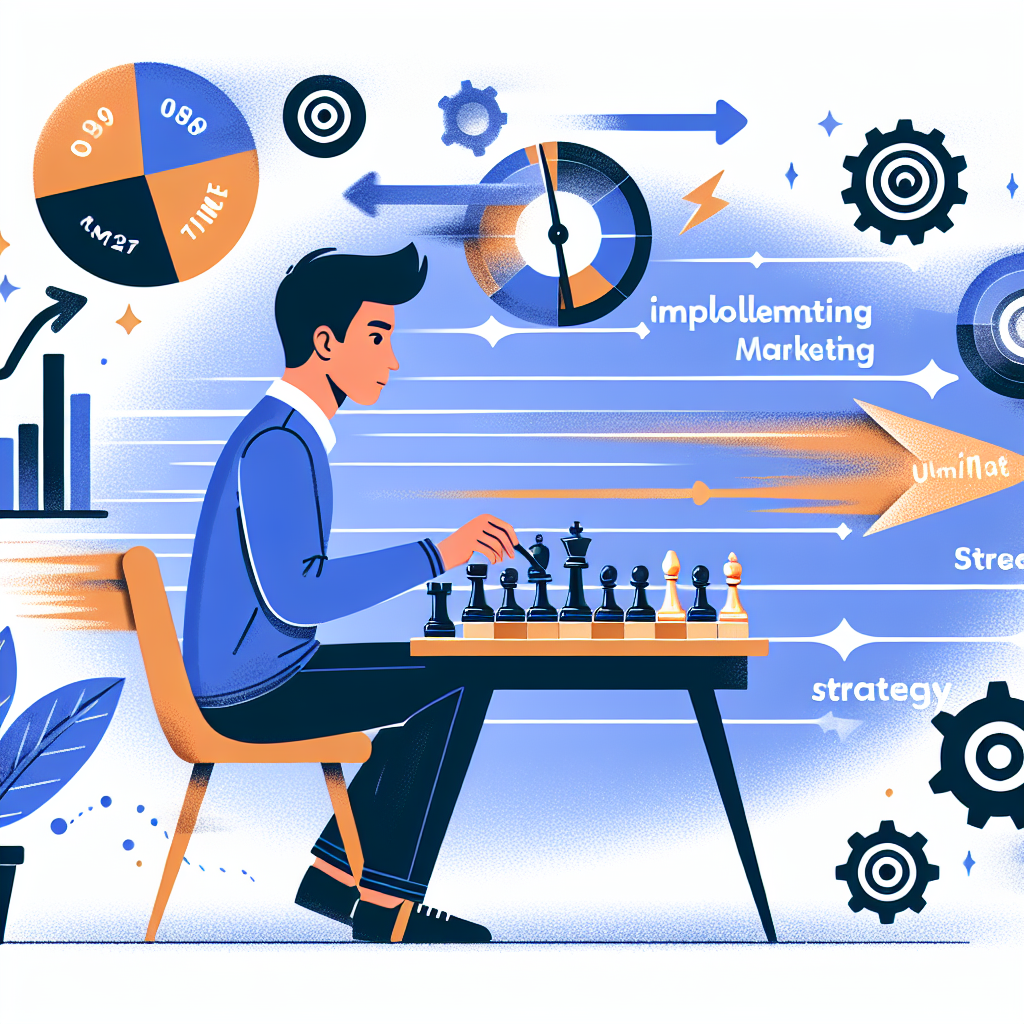The Ultimate Guide to Implementing Agile Marketing Strategies

Introduction
Agile marketing is a modern approach to marketing that focuses on flexibility, adaptability, and continuous improvement. By adopting agile methodologies, marketers can respond quickly to changes in the market, test and iterate on campaigns, and deliver better results for their businesses. In this guide, we will explore the key principles of agile marketing and provide a step-by-step plan for implementing agile strategies in your marketing efforts.
Key Principles of Agile Marketing
Agile marketing is based on several key principles that guide how marketers approach their work:
1. Customer-Centricity
Agile marketers prioritize the needs and preferences of their customers above all else. By focusing on delivering value to customers, marketers can create more effective campaigns and build stronger relationships with their target audience.
2. Iterative Approach
Agile marketing is all about testing and iterating on campaigns to continuously improve results. Marketers should be willing to try new ideas, learn from their mistakes, and make adjustments based on data and feedback.
3. Collaboration
Agile marketing encourages collaboration across teams and departments. By breaking down silos and working together towards common goals, marketers can achieve better outcomes and drive business growth.
Implementing Agile Marketing Strategies
Now that we’ve covered the key principles of agile marketing, let’s dive into how you can implement agile strategies in your marketing efforts:
1. Set Clear Goals
Before you can start implementing agile marketing strategies, you need to define clear goals and objectives for your campaigns. What do you want to achieve? How will you measure success? By setting clear goals, you can create a roadmap for your agile marketing efforts.
2. Create Cross-Functional Teams
Agile marketing relies on cross-functional teams that are able to work together towards common goals. By bringing together experts from different areas of your organization, you can leverage diverse perspectives and skills to create more effective campaigns.
3. Embrace Data-Driven Decision Making
Agile marketing is all about using data to drive decision making. By collecting and analyzing data on your campaigns, you can identify what’s working, what’s not, and make adjustments in real-time to improve results.
4. Test and Iterate
One of the key principles of agile marketing is the idea of testing and iterating on campaigns. By running small experiments, gathering data, and making adjustments based on the results, you can continuously improve the effectiveness of your marketing efforts.
5. Foster a Culture of Continuous Learning
Agile marketing requires a mindset of continuous learning and improvement. Encourage your team to take risks, try new ideas, and learn from their mistakes. By fostering a culture of experimentation and learning, you can drive innovation and achieve better results.
FAQs
What are the benefits of agile marketing?
Agile marketing offers several benefits, including faster time to market, better alignment with customer needs, improved collaboration across teams, and the ability to quickly adapt to changes in the market.
How can I measure the success of my agile marketing efforts?
You can measure the success of your agile marketing efforts by tracking key performance indicators (KPIs) such as conversion rates, customer engagement, and return on investment. By analyzing these metrics, you can determine the effectiveness of your campaigns and make data-driven decisions to improve results.
How can I get started with agile marketing?
To get started with agile marketing, begin by educating your team on the principles of agile marketing and the benefits it can offer. Then, set clear goals, create cross-functional teams, embrace data-driven decision making, test and iterate on campaigns, and foster a culture of continuous learning and improvement.



